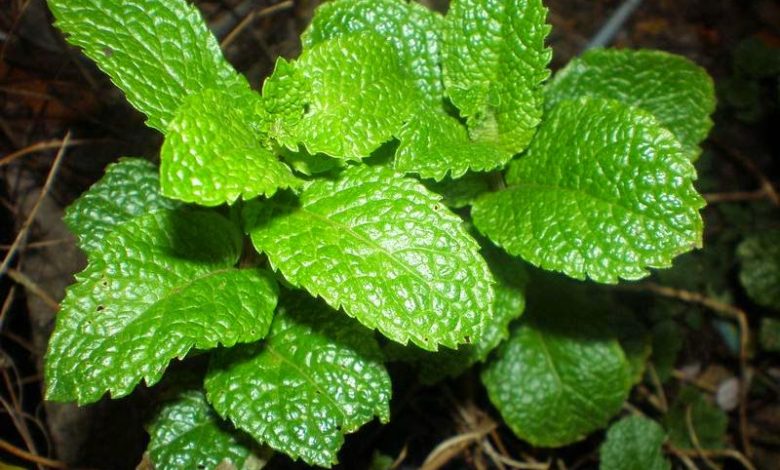Fatigue, digestion: 5 aromatic plants excellent for health

These plants that bring color and flavor also have the particularity of being a mine of micro-nutrients. The summer is a good time to plant plenty of them.
Aromatic plants have always played an important role in our health and well-being. These natural wonders are not only delicious in the kitchen, but also have many beneficial properties for our body.
1. Basil, antioxidant
There are almost 150 varieties, among which the basil grand vert, the most common in our region and star of Italian cuisine; the basil fine green, with smaller leaves; the basil lemon, with a lemon flavor; the basil purple, with a peppery taste; the basil Thai, violaceous and aniseed…
Its assets. It is rich in various antioxidants (beta-carotene, vitamin C, manganese…) which act synergistically and protect the cells from aging. It is also well-supplied with calcium, essential for the strength of bones and teeth.
2. Parsley, anti-fatigue
The flat parsley, softer and more fragrant, favored by the cooks, the curly parsley being mostly decorative. A beautiful bouquet of parsley is kept for a few days, the stems plunged into a glass of water in the refrigerator.
Its assets. It is one of the most vitamin C-rich foods (177 mg/100 g). It is also a good source of iron, anti-fatigue, whose absorption is reinforced by vitamin C. If you feel a little sloppy, you can generously spread your plates with chiseled parsley!
3. Mint, digestive
The two main varieties consumed are peppermint, which is more pungent and tonic, and green or sweet mint, which delights Moroccan mint tea. Both have the same active ingredients (menthol, menthone…) and therefore the same benefits.
Its assets. Mint is the digestive plant par excellence: it helps the stomach to empty, fights bloating and intestinal spasms, it also increases the secretion of bile necessary for the digestion of lipids.
4. Coriander, anti-bloating
It is similar to parsley (it is nicknamed ‘Arabic parsley’ or ‘Chinese parsley’), but in the mouth, you can’t be wrong: its characteristic flavor (you love it or hate it) evokes the Asian dishes on which it is often scattered.
Its assets. It is well supplied with vitamin K (necessary for blood clotting) and antioxidants (beta-carotene, vitamin C). Its essential oil has digestive virtues, calms stomach pain and reduces bloating.
5. Chives, remineralising
It belongs to the alliaceous family, such as garlic, onion and leek, and like them, it has a pronounced scent (in the garden it helps keep some insects away) and contains compounds that protect health.
Its assets. It contains many vitamins (C, K, B9) and minerals (calcium, magnesium, potassium, phosphorus…). One study showed that eating alliaceae vegetables (including chives) can prevent gastrointestinal cancers.
Conservation and use of aromatic plants
It is better to chop them with a knife or chisel them with scissors than to use an electric chopper that will heat them up and puree them. Unlike dried herbs (thyme, rosemary…), fine herbs do not keep long and lose their flavor when cooked. Ideally, they should be used soon after they are picked (or bought) and dotted on the plates at the last moment. In the dishes, they allow you to put less salt. They also enhance the fruit salads that require less sugar!












